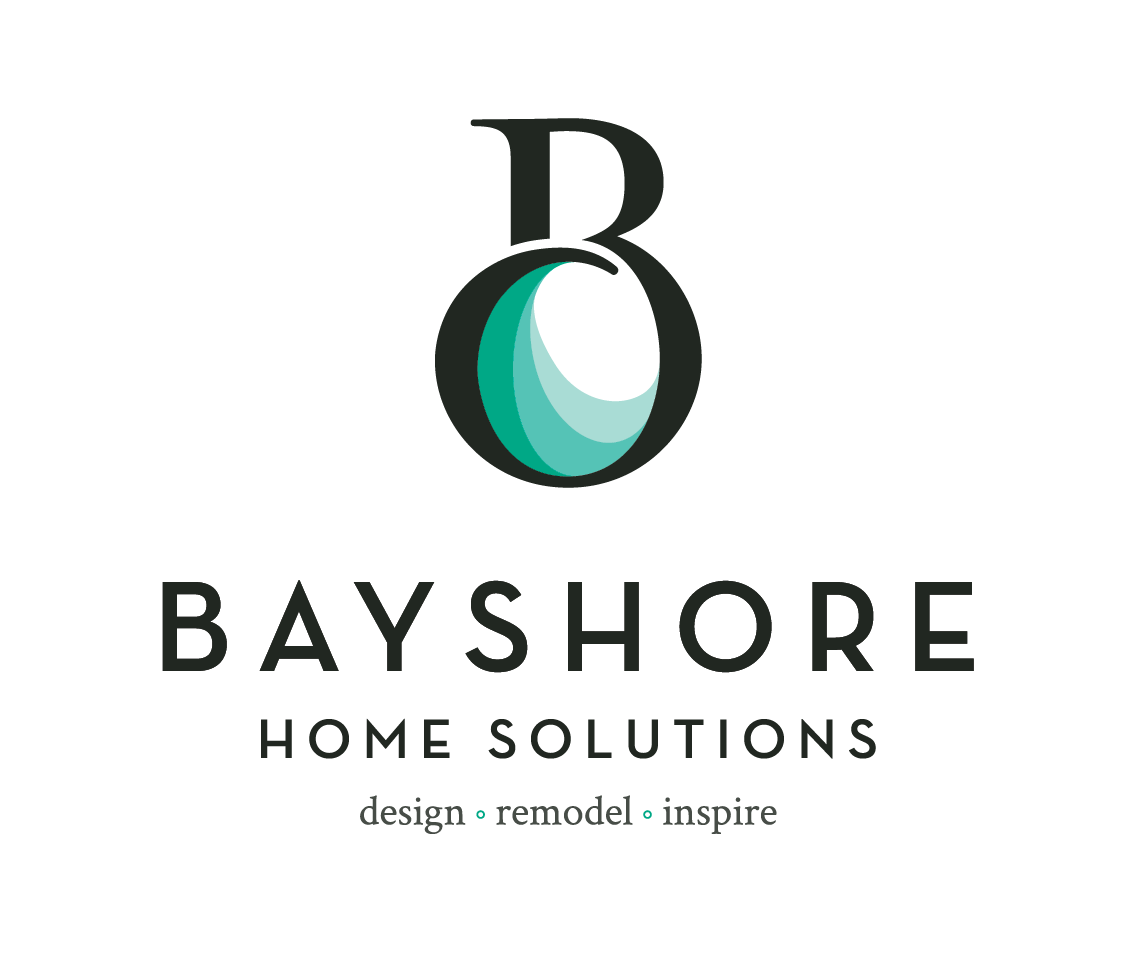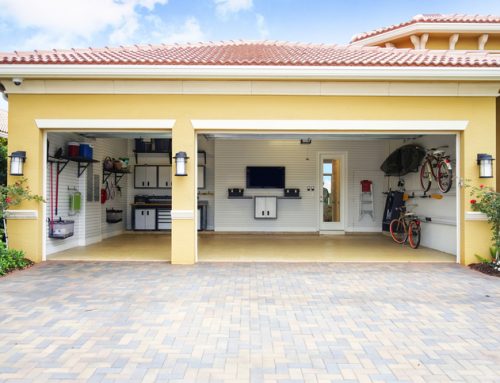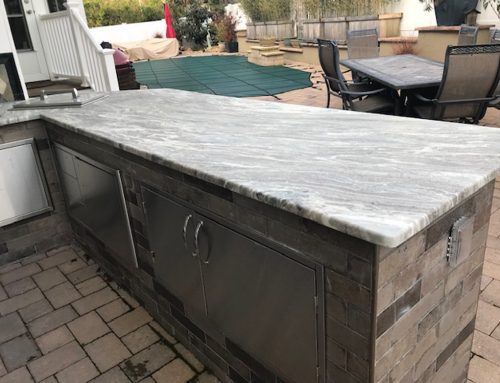The place where you regularly eat, sleep, and wash needs to be somewhere you feel comfortable in no matter what the circumstances are. There are various disabilities that might cause the individual to struggle to do daily activities in a standard kitchen, bathroom, bedroom, and more. Thankfully, there are always solutions to not only help the individual out but allow them to have the same independence that abled-body people have. Here are a few modifications that can create a safe, but accessible home.
What rooms need the most modification?
There are three areas they stand out the most for modification:
● The bathroom has a high risk of slips and falls.
● The kitchen can be another risk for slips and falls, but the other issue is countertops, appliances, storage, etc. might not be at a convenient level. This is a risk of getting burned, dropping heavy items, and more.
● The stairways can be difficult to get up with a wheelchair, crutches, or even weak legs.

How can these rooms be modified?
Bathrooms:
- Walk-in showers are level with the floor. They can be large enough to fit a wheelchair comfortably or even a seat where the individual can sit down as they wash up.
- Grab bars are installed along the wall and by the seat so there’s always a sturdy grip close by. This could be in the shower, by the toilet, by the sink, or anywhere else along the wall to ensure there’s always something to grab onto.
- Lowered sinks and countertops allow an individual who is wheelchair-bound or needs to have easy access to wash their hands, brush their teeth, get into the cabinets underneath and more.
- Widening the doorways or floorspace so wheelchairs or any mobility devices can enter or exit the room with no problem.
Kitchens
- Lowered countertops and cabinets can be installed ranging from 28 to 34 inches tall. The height can easily be adjusted depending on the user. Pull out drawers and other customizations can be used for easy access.
- Touch-sensitive faucets are great for individuals who hand limited mobility in their arms or hands.
- Adjusting light switches or power outlets to an easier spot like in the middle of the wall to plug and unplug appliances

Stairways
- Chair lifts or elevators make it so a wheelchair-bound individual or someone who has trouble climbing the stairs can be lifted up to the second floor without any hassle.
Each home and each disability is different. At Bayshore Home Solutions, we’re dedicated to having each one of our clients living comfortably in their homes no matter what. If you’re ready to take back your independence and your home contact us today!






